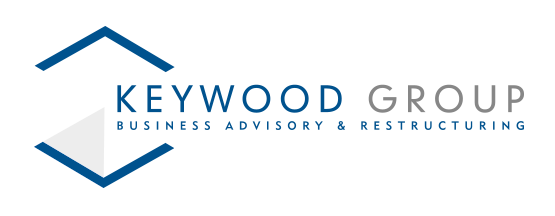Creditors Voluntary Liquidation (CVL) vs. Company Voluntary Arrangement (CVA)
When a company faces financial distress, it has several options to address its financial troubles and attempt to recover. Two common procedures are the Creditors Voluntary Liquidation (CVL) and the Company Voluntary Arrangement (CVA). Each has distinct processes, implications, and outcomes for the company, its creditors, and other stakeholders. This blog will explore these two options, highlighting their key differences to help you understand which might be more suitable in various scenarios.
What is a Creditors Voluntary Liquidation (CVL)?
A Creditors Voluntary Liquidation is a process initiated by a company’s directors when they realise that the company is insolvent and cannot continue its operations.
Key Features of a CVL:
- Initiation: The directors call a shareholders’ meeting to pass a resolution to liquidate the company voluntarily.
- Role of Insolvency Practitioner: An insolvency practitioner (IP) is appointed as a liquidator to handle the liquidation process.
- Creditor Involvement: Creditors are informed and can nominate a different liquidator if they prefer.
- Company Dissolution: Once the liquidation process is complete, the company is dissolved and ceases to exist.
Advantages of a CVL:
- Allows directors to take control of the situation and address insolvency proactively.
- Helps maximise returns to creditors through an orderly liquidation of assets.
- Ends ongoing liabilities and trading, providing a clear end to the company’s financial distress.
Disadvantages of a CVL:
- The company is dissolved, and its business operations cease.
- Directors may face investigation for any wrongful trading prior to liquidation.
- Employees are typically made redundant, affecting jobs and livelihoods.
What is a Company Voluntary Arrangement (CVA)?
A Company Voluntary Arrangement is a formal agreement between a company and its creditors to repay a portion of its debts over a specified period. It allows the company to continue trading while working to resolve its financial difficulties.
Key Features of a CVA:
- Initiation: The proposal for a CVA is usually prepared by the company directors in consultation with an insolvency practitioner.
- Role of Insolvency Practitioner: An IP acts as a nominee to assist in preparing the CVA proposal and, if approved, supervises its implementation.
- Creditor Approval: The proposal must be approved by 75% (by value) of the creditors who vote on it.
- Debt Repayment: The company makes agreed-upon payments to creditors over the duration of the CVA, often resulting in partial debt forgiveness.
- Continued Trading: The company continues to trade and operate, aiming to return to financial stability.
Advantages of a CVA:
- Enables the company to continue trading and potentially return to profitability.
- Offers a structured way to manage and repay debts without immediate liquidation.
- Can improve relationships with creditors by demonstrating a commitment to repayment.
- Protects the company from legal actions by creditors during the CVA period.
Disadvantages of a CVA:
- Requires creditor approval, which may be difficult to obtain if creditors doubt the company’s viability.
- The company must strictly adhere to the terms of the CVA; failure to do so can lead to its termination and potential liquidation.
- Can be a lengthy process, requiring sustained effort and financial discipline from the company.
Conclusion
Choosing between a Creditors Voluntary Liquidation and a Company Voluntary Arrangement depends on the specific circumstances and objectives of the distressed company. A CVL is more appropriate for companies that cannot viably continue operations and need to liquidate their assets to pay off creditors. In contrast, a CVA is suitable for companies that have a realistic chance of recovery and can continue trading while repaying their debts over time.
Understanding the distinctions between these two options is crucial for directors, creditors, and stakeholders in making informed decisions that best address the financial challenges and potential for recovery or closure. If your company is facing financial distress, consulting with an insolvency practitioner can provide valuable guidance on the most appropriate course of action. Keywood Group is a licensed insolvency practice, feel free to contact us today for a free consultation on 0121 201 0399.











